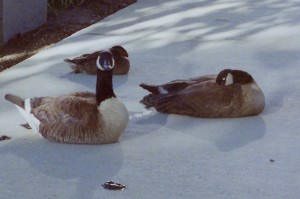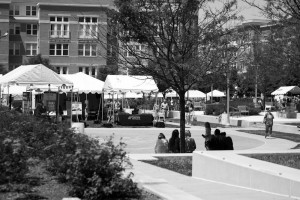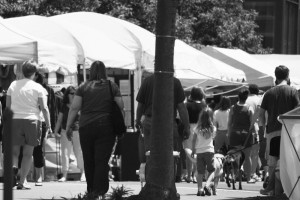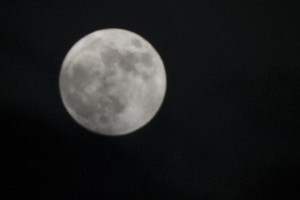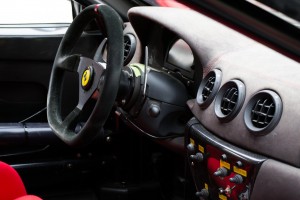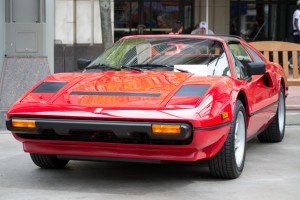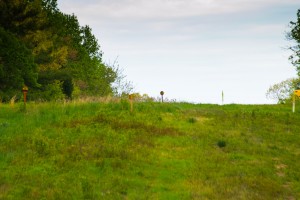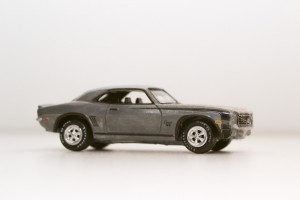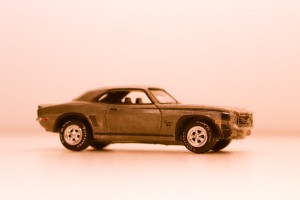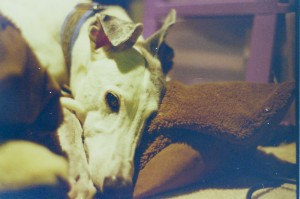 Well, I got the first roll back on Wednesday. While there were some pictures I was quite happy with there was a problem. The images seemed to have an odd cast and were not as sharp as I’d like. The scans just didn’t look good. After a lengthy tread on the APUG site (analog photography users group) we determined several possible issues..
Well, I got the first roll back on Wednesday. While there were some pictures I was quite happy with there was a problem. The images seemed to have an odd cast and were not as sharp as I’d like. The scans just didn’t look good. After a lengthy tread on the APUG site (analog photography users group) we determined several possible issues..
1. The film was off…it was sold to me directly in the canister without a box so it possibly could have been expired.
2. Processing…the odd color issues might be a result of an issue with the processing. The place where I got it processed had some issues with their equipment that they were getting repaired…supposedly they were but you never know.
3. The scanner…I bought a cheap (< $100) consumer model that doesn’t seem to provide good results.
To solve these issues:
1. My next pack of color film (I’m shooting a B/W kodak TMAX 400 right now) will be a pro level film from a known vendor and I will send it out to a know vendor since I don’t (yet) process C41 film.
2. I’m looking at a better scanner…the Epson models is what has been recommended to me.
Note that I just shot my second roll, a Kodak TMax 400 that I’ve processed …this will be the subject of my next blog post.
I’ve included 2 images so you can see for yourself.
